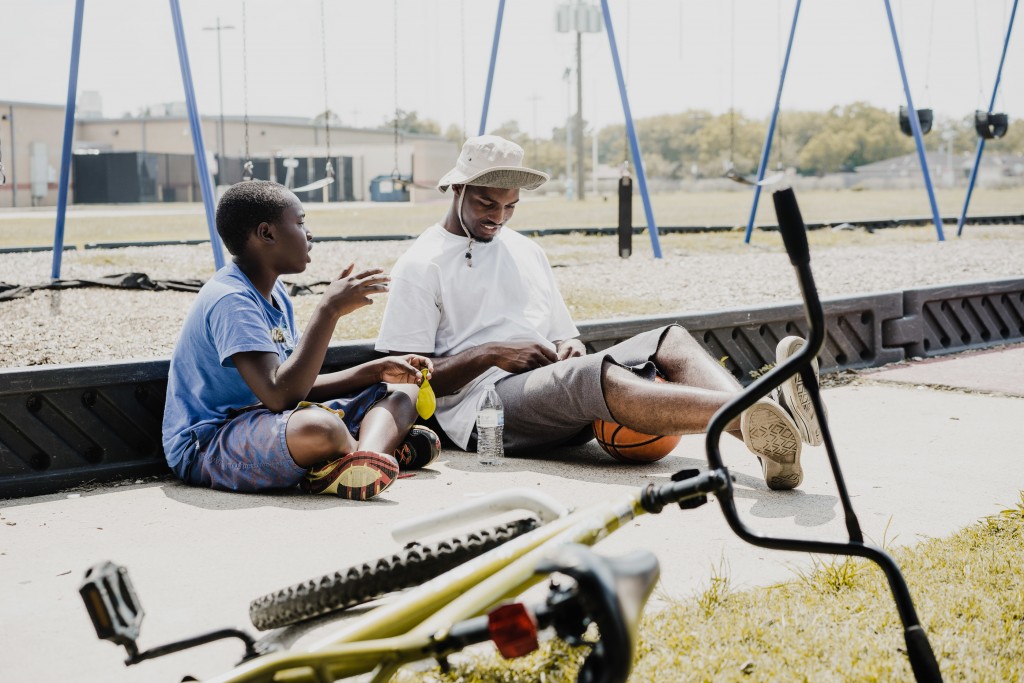Intergenerational Ministry Part 4: Create Structures that Span Life Stages
In our first blog in the series , EM proposed 8 core suggestions on how a church might begin to rethink and redress this important but neglected area of church life, growth and health, and begin to re-strategise this ministry to the greater spiritual health and benefit of all believers, both young and old. The following is core suggestion 3 in the series: Create Structures that Span Life Stages…
“The best way to be formed in Christ is to sit among the elders, listen to their stories, break bread with them, and drink from the same cup, observing how these earlier generations of saints ran the race, fought the fight, and survived in grace” [1]
“…intergenerational faith experiences uniquely nurture spiritual growth and development in both adults and children” [2]
The most telling time in a young adults life is when teenagers move from high school to university, or work.
Research suggests intergenerational mentors and adult friends can help this difficult transition period by the creation of natural relational avenues or inbuilt discipleship structures that allow continued contact with teenagers post high school.
“There are churches that truly engage college-age people. These churches have a structure that’s strategic, beyond a separate service. They’ve developed a lifelong discipleship process by intentionally connecting people of all generations. Because college-age people stay connected to the people in the church, the outcome is a continuous flow of growing believers” [3]
Research indicated that contact with at least one adult from the congregation outside the youth ministry during the first semester of college is linked with the likelihood of stickier faith. [4]
Hearing from an adult mentor from their home church, whether by text, email or phone helped students take their faith to college with them, and that contact would continue to make a difference three years later.
Research suggests that for greatest effect, these intergenerational mentor relationships are best started long before teenagers exit a church and where established relationships may more naturally flow on to the next stage.
One pastor suggested that what’s needed to ease the transition process is – ‘college friendly churches’; that people cannot become spiritually mature unless they stay intimately connected to other believers, therefore we must strategically develop church structures that promote greater intimate connection. The first step is making sure church and congregation structures are effectively supporting members through all the life stages. [5]
He goes on to suggest that churches that truly engage college-age people have a structure that’s strategic beyond just creating a separate service; they’ve developed a lifelong discipleship process by intentionally connecting people of all generations.
Such churches have tended to embrace at least seven crucial characteristics:
- Leaders place a high priority on cross-generational relationships
- Leaders cultivate a heart in older mature believers for discipleship of younger believers, and hold them to the standard (2Tim 2:2, Tit 2:3-4)
- Student ministry leaders express respect for older adults in church. There’s mutual respect between ministers of children and ministers who work with the adult congregation
- No leader is considered an island. Rather, they view themselves as a small part in the lifelong discipleship of people
- Leaders work alongside parents and strategically do so from the nursery through the college-age years
- College-age individuals have a leader who works in an assimilation role to connect college-age people with more experienced believers
- College-age individuals have a leader who understands the natural search for identity, intimacy, meaning, pleasure and truth during the college years, and is able to disciple people toward biblically mature conclusions in each area
NEXT POST: The next post in the series will be – ‘Develop Intergenerational Serving Ministries’.
Other blogs in this series:
* Intergenerational Ministry Part 1: ‘Why Intergenerational Ministry’
* Intergenerational Ministry: Part 2: ‘Carefully Manage Age Segregation’
* Intergenerational Ministry Part 3: ‘Build Social Capital’
* To download a full copy of E.M’s research on this topic go to the ‘Intergenerational Ministry’ page on this website.
[1] Holly C. Allen & Christine L. Ross: Intergenerational Christian Formation: ‘Bringing the Whole Church Together in Ministry, Community and Worship’
[2] Holly & Ross.
[3] Think Orange: Concentrate 9.3.
[4] Dr. K. E. Powell & Dr. C. Clark: Sticky Faith.
[5] The Pastor’s belief is that some leaders have attempted to build a bridge for this disconnection by developing another church service. But even if this attracts hundreds of college-age people, it doesn’t necessarily solve the core problem. From a college-age student’s perspective, this approach could only just contribute to further disconnection. This model actually exposes the differences between people, not the similarities. Therefore, in order for true connection to take place another approach is needed. Think Orange: 9.3.








